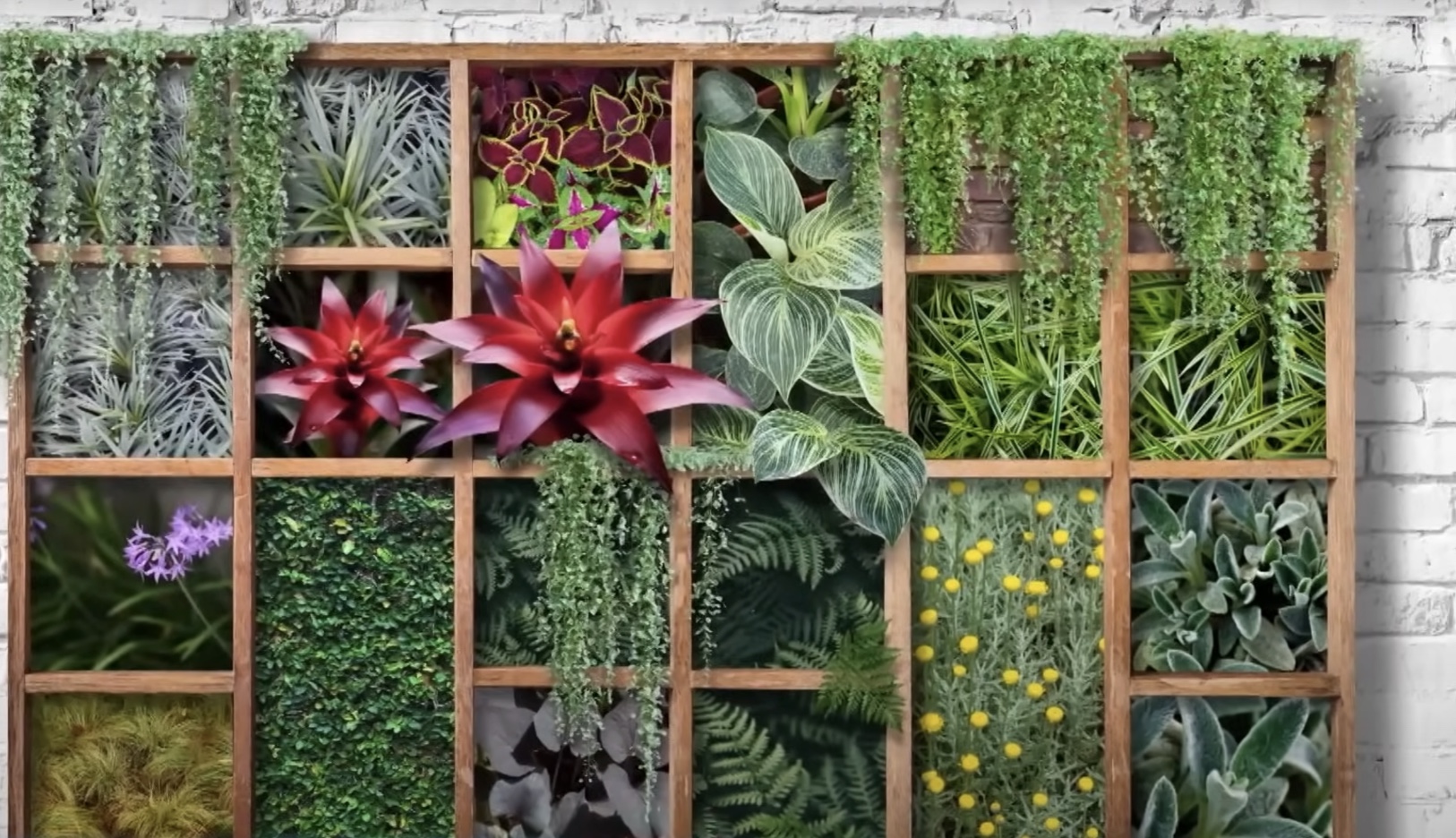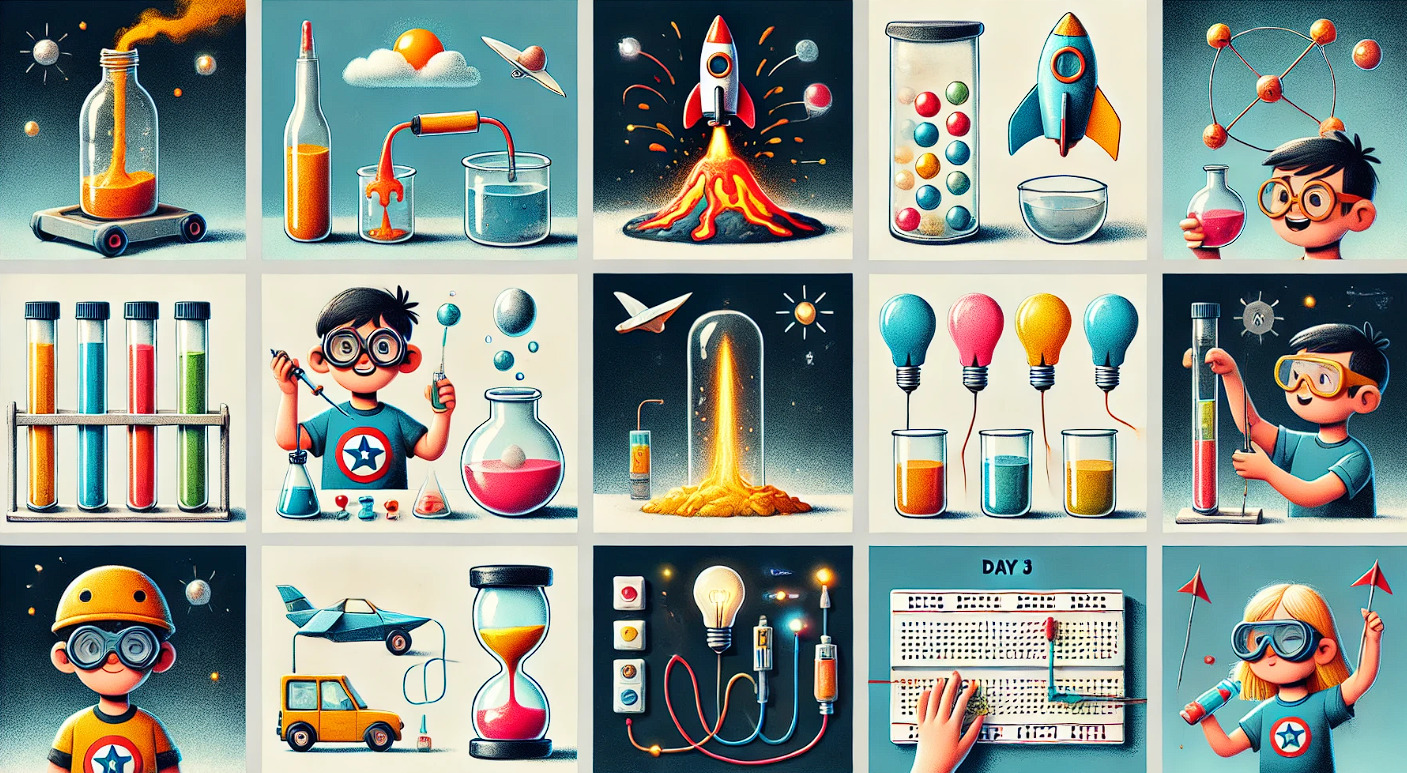
Garden to Table: Designing Your Own Vertical Herb Garden
September 27, 2024
Despite limited area, building a vertical herb garden is a great approach to enjoy fresh herbs at home. This kind of garden is not only…

We aim to encourage our kids’ creativity and curiosity as parents. Finding engaging ways to teach STEM subjects at home may offer our kids an exciting head start today, when STEM abilities are more vital than ever. Best part? You can help your kid explore STEM topics without becoming a scientist or having expensive equipment. You can make fun and educational DIY projects for kids with a little creativity and everyday items.
This article offers basic yet useful DIY projects you may attempt at home. Encouraging a love of learning, problem-solving skills, and curiosity, these engaging classes are designed to be interactive. Whether your child enjoys building, making things, or solving puzzles, these projects will pique their interest in science, technology, engineering, and mathematics.
Force and motion, two of the most fundamental ideas in physics, may be explored through this engaging game. Beyond that, it inspires originality in vehicle design.
What you’ll need:
Instructions:
For every action, there is an equal and opposite reaction; this is Newton’s Third Law of Motion, and it is demonstrated in this exercise. As the air leaves the balloon, the car moves in the opposite direction, demonstrating the idea of forces acting upon motion.
Homemade lava lamps are a fun and easy method for kids to learn about density and chemical reactions, and they’re also a hit with children.
What you’ll need:
Instructions:
Due to their disparity in density, oil and water will not combine. The carbon dioxide bubbles rise through the oil and make the lamp’s hypnotic effect when the Alka-Seltzer mixes with the water.
In the egg drop challenge, children may put their engineering, gravity, and impact force skills to the test while also exercising their creativity.
What you’ll need:
Instructions:
This activity teaches principles of engineering, such as structural design, and how energy is transferred upon impact. Children pick up the value of designing strong but cushioned forms that can absorb fall force.
Crystals are formed in nature by evaporation and mineral deposition; this intriguing and easy-to-follow experiment will teach children about this process.
What you’ll need:
Instructions:
This experiment shows how crystallization and evaporation work. Like crystals in nature, the dissolved salt crystallizes when the water evaporates.
Using common household items to make illuminated artwork, this activity provides an entertaining overview of electrical circuits and conductivity.
What you’ll need:
Instructions:
Circuits, polarity, and the function of conductivity in supplying electricity to devices are just a few of the electronic basics covered in this hands-on experiment.
Here’s a helpful breakdown of STEM topics, the projects that explore them, and the key skills your child can develop through these activities:
| STEM Topic | Example Project | Skills Developed |
| Physics | Balloon-Powered Car | Understanding motion, forces, and energy |
| Chemistry | DIY Lava Lamp | Learning about chemical reactions and density |
| Engineering | Egg Drop Challenge | Problem-solving, structural design, impact force analysis |
| Earth Science | Salt Crystal Garden | Crystallization, evaporation, and natural processes |
| Electrical Engineering | Paper Circuits | Basics of electricity, conductivity, and circuitry |
Your child’s growth may be enriched in several ways, and this table gives a clear summary of how various STEM concepts can be incorporated into engaging and instructive projects.
Here are a few tips to ensure that your STEM activities are not only educational but also enjoyable:
One amazing approach to including children in hands-on learning and pique their interest about the surroundings is by doing DIY STEM projects. Children may investigate scientific ideas in an interesting and engaging way, whether they are building their own crystals or a balloon-powered automobile. Including these easy projects in your daily life not only promotes a passion for science and learning but also develops vital life skills, including creativity, critical thinking, and problem-solving.